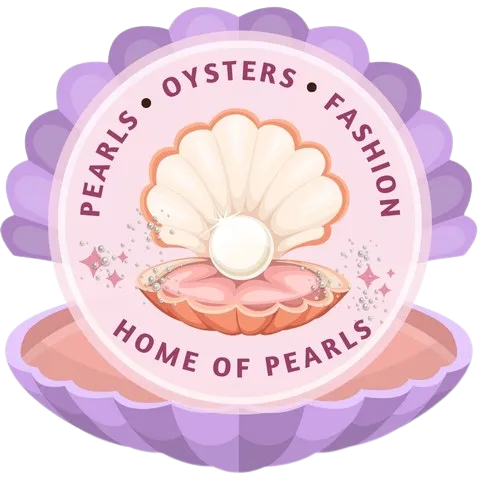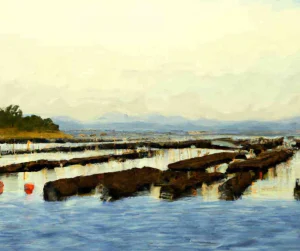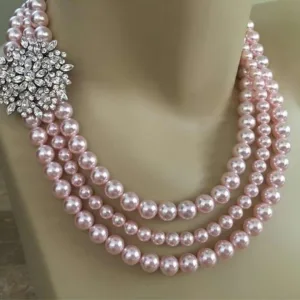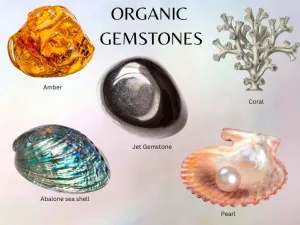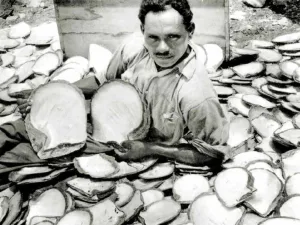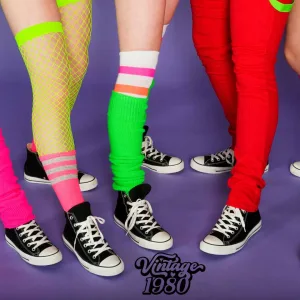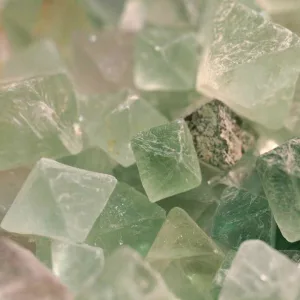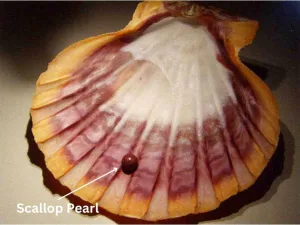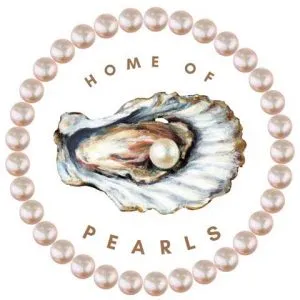Pearls have been a symbol of beauty and sophistication for centuries, but there is so much more to these beautiful gems than meets the eye. Did you know that there are 51 fascinating facts about pearls?
From their unique formation process to their different grades and care requirements, learning about these 51 facts about pearls can be an exciting journey! Pearls come in many shapes, sizes, and colors – from freshwater or saltwater cultured varieties – each with its own story.
Discovering all the amazing things that make up this timeless gem will help you understand why it has captivated us throughout history. Let’s dive into our list of 51 facts about pearls!
Table of Contents
- History of Pearls
- Types of Pearls
- How Are Pearls Formed?
- Pearl Grading System
- Caring for Your Pearls
- FAQs About Pearls
- Conclusion and final thoughts 💭
History of Pearls
Ancient Times: Pearls have been a symbol of wealth and status since ancient times. In Ancient Rome, pearls were so valuable that only the wealthiest citizens could afford them. They were often used as currency or given as gifts to show power and prestige.
In China, pearls were believed to bring good luck and health, while in India they were seen as symbols of purity and innocence.

Modern Times: The modern pearl industry began in the late 19th century with the discovery of how to cultivate freshwater pearls from mussels found in Japan’s rivers.
This led to an increase in production which made it possible for more people to own pearls at a lower cost than ever before. Today, there are many different types of cultured pearls available on the market, including Akoya, South Sea, Tahitian and Freshwater varieties.
Pearls remain a popular choice for jewelry today due to their beauty and timelessness. They are often associated with luxury items such as high-end watches or designer handbags, but can also be found adorning everyday pieces like necklaces or earrings.
Some cultures around the world still carry spiritual significance; Hindus believe that wearing pearl jewelry brings prosperity, while Buddhists view them as symbols of wisdom and enlightenment.
Types of Pearls
Freshwater Pearls are the most common type of pearl available on the market today. They come in a variety of shapes, sizes, and colors, from white to pink to lavender.
Freshwater pearls are usually smaller than other types of pearls and have a more irregular shape. The luster is often not as high as that of Akoya or South Sea pearls but can still be quite beautiful when set in jewelry.

Akoya Pearls are saltwater cultured pearls grown off the coast of Japan and China. These round-shaped gems range in size from 2mm to 10mm, with an average size of around 7mm.
Their color ranges from white to cream, with overtones ranging from rose, silver, green or blue, depending on their origin. Akoya pearls have excellent luster, which makes them ideal for necklaces and earrings alike!
South Sea Pearls come from oysters found off the coasts of Australia, Indonesia, Philippines and Myanmar (Burma). These large-sized pearls range between 8mm – 20 mm in diameter with some rare specimens reaching up to 30 mm!
They come in various shades, such as white golds, light silvers, and deep golden hues, which give them a unique look compared to other types of pearl gemstones out there. South Sea Pearls also boast exceptional luster, making them highly sought after by jewelers all over the world!
Tahitian Pearls hail from French Polynesia, where they grow inside black-lipped oysters called Pinctada Margaritifera cumingii which produce Tahiti’s signature dark grayish black colored nacreous layer giving these gems their exotic beauty.
Tahitian Pearl sizes range between 8mm – 15 mm although larger ones can sometimes be found too; they tend to have less regular shapes than other types due to their natural growth process within the mollusk host animal’s shell cavity walls so each one is truly unique.
How Are Pearls Formed?
Pearls are formed inside oysters, and understanding the anatomy of an oyster and its life cycle is key to understanding how pearls form. Oysters have two shells that open up like a clam when they feed on plankton in the water.
Inside these shells is a soft body with organs including a heart, stomach, gills, and intestines. The innermost layer of the shell is called nacre, which is made up of calcium carbonate crystals arranged in thin layers.
The nacre process begins when an irritant such as sand or parasites enters an oyster’s shell through its opening while it feeds on plankton in the water.
To protect itself from this irritant, the oyster will secrete more layers of nacre around it until it forms into a pearl over time. This process can take anywhere from six months to several years, depending on the size and type of pearl being formed.
There are two types of pearls: cultured and natural. Cultured pearls are created by introducing an irritant into an oyster’s shell intentionally for commercial purposes, while natural pearls occur naturally without any human intervention – though they are very rare nowadays due to over-harvesting in past centuries.
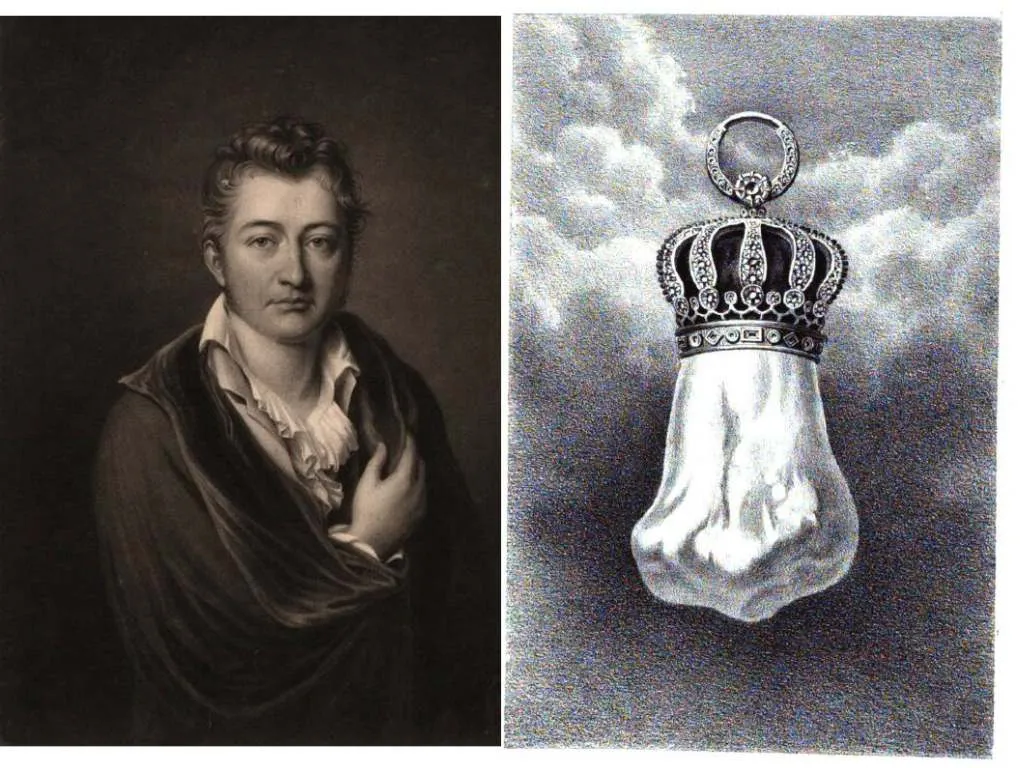
Natural pearls usually have fewer imperfections than cultured ones because they form over longer periods of time without any interference from humans during their formation period.
Pearl Grading System
Pearls are graded based on a variety of factors, including size, shape, color, luster, surface quality, and nacre thickness. The higher the grade of a pearl in each category, the more valuable it is.
Size & Shape: Pearl size is measured by millimeters (mm). Generally speaking, pearls larger than 10 mm are considered to be large, and those smaller than 8 mm are considered small.
Pearls can also come in different shapes, such as round or baroque (irregularly shaped). Round pearls tend to be more expensive because they’re rarer and harder to cultivate.
Color & Luster: Color is one of the most important aspects when grading pearls. They range from white to black with various shades in between, like pink or yellow-green. Pearls that have a bright shine with an even hue throughout their body are highly valued, while duller colors will bring down their value significantly.
Surface quality refers to any blemishes or flaws found on the pearl’s surface which can affect its overall look and value. It is important for these imperfections not to be too deep since this could weaken the structure of the pearl itself over time if not taken care of properly.
Lastly, nacre thickness determines how thick layers of nacre were used during the cultivation process, which affects durability and longevity. Thicker layers mean stronger, better-looking pearls that will last longer.
Caring for Your Pearls
Caring for your pearls is essential to ensure they stay looking beautiful and lustrous for years to come. Pearls are delicate and require special attention when it comes to cleaning, storing, and restringing them.
Cleaning & Storing Your Pearls: The best way to clean your pearls is with a soft cloth or brush using only water. Avoid using any harsh chemicals as this can damage the surface of the pearl. After cleaning, make sure you store your pearls in a cool dry place away from direct sunlight or heat sources such as radiators or ovens.
You should also avoid storing them near other jewelry items that may scratch their delicate surfaces.
Key Takeaway: Pearls are delicate and require special care when it comes to cleaning, storing, and restringing them.
FAQs About Pearls
What are some fun facts about pearls?
1. Pearls are formed when an irritant, such as a grain of sand or parasite, enters the soft tissue of an oyster and is covered with layers of nacre (mother-of-pearl).
2. The oldest known pearl jewelry dates back to 2300 BC in ancient Mesopotamia.
3. Natural pearls come in many shapes, including round, oval, baroque, and semi-baroque.
4. Cultured pearls are created by inserting a bead nucleus into the oyster which then secretes nacre around it over time, creating a pearl that is identical to natural ones except for its origin.
5. Pearls have been used throughout history as symbols of wealth and status due to their rarity and beauty; Cleopatra famously dissolved one pearl in vinegar before drinking it to demonstrate her immense wealth!
How many years do pearls last?
Pearls are timeless gemstones that can last for generations. With proper care and maintenance, pearls can last up to 100 years or more. Pearls should be stored away from direct sunlight and extreme temperatures in order to preserve their luster and beauty.
It is also important to avoid contact with harsh chemicals such as perfumes, hairspray, and cosmetics which may damage the surface of the pearl over time. Cleaning your pearls regularly with a soft cloth will help keep them looking beautiful for many years to come.
What are the 5 types of pearls?
1. Akoya Pearls: These are classic white pearls, usually cultivated in Japan and China. They range from 2mm to 10mm in size and have a high luster with a round or near-round shape.
2. South Sea Pearls: Cultivated mainly in Australia, Indonesia, and the Philippines, these pearls can be found in sizes ranging from 8mm to 20mm with colors such as white, silver/gray, golden yellow or pinkish hues.
They tend to have an excellent luster and often feature an oval shape.
3. Tahitian Pearls: Grown mainly around French Polynesia (Tahiti), these saltwater pearls come in various shades of black and dark gray but also include peacock green and blue tones too!
Their sizes range from 8mm up to 15 mm with shapes that vary between rounder forms to more baroque styles due to their thicker nacre layers than other pearl types.
4. Freshwater Pearls: Cultivated mostly within freshwater mussels found throughout Asia (China is the main producer).
These pearls come in many different shapes, including off-rounds as well as ovals; they also display a wide variety of colors like cream whites, light pinks, or even lavender purples! Sizes typically range from 2 mm up to 12 mm, depending on the type of mollusk used for cultivation purposes.
5 Keshi Pearls: Unlike other cultured pearl varieties which require oysters for production; Keshi pearls are created when small pieces of mantle tissue accidentally become detached during culturing processes involving either Akoya oysters or freshwater mussels – resulting in irregularly shaped “seedless” gems without any nucleus at all!
Colors may include pastel blues & greens along with creamy whites & pale yellows; sizes generally measure anywhere between 1 mm – 5 mm each depending on how long it took for them to form naturally inside their host mollusks before being harvested by hand divers.
What powers do pearls have?
Pearls have been a symbol of beauty and wealth for centuries. They are believed to bring luck, prosperity, and protection from harm. Pearls are thought to be calming and soothing, promoting faith, honesty, wisdom, and purity.
It is also said that pearls can help balance one’s karma by bringing good fortune into their life. Wearing pearls is said to increase self-confidence while helping the wearer stay focused on their goals in life.
Pearls may even provide emotional support during difficult times or when making important decisions. Ultimately, pearls represent strength and resilience – qualities we all need in our lives!
Conclusion and final thoughts 💭
From the oldest of civilizations to modern day fashion, pearls have been a symbol of beauty and elegance. They come in many shapes, sizes, colors and types – each with its own unique characteristics.
With their exquisite luster and timeless appeal, pearls can be found adorning everything from jewelry to clothing.
Knowing the 51 facts about pearls will help you make an informed decision when it comes to selecting your perfect pearl piece or caring for your existing collection. Whether you are looking for something special for yourself or a loved one, understanding these fascinating gems is key to finding that perfect item!
